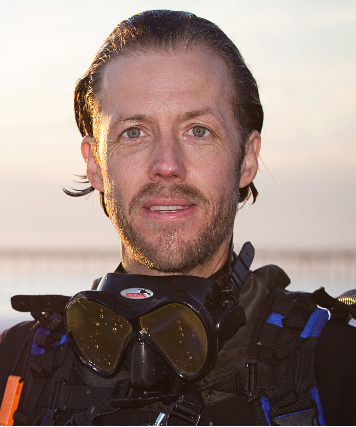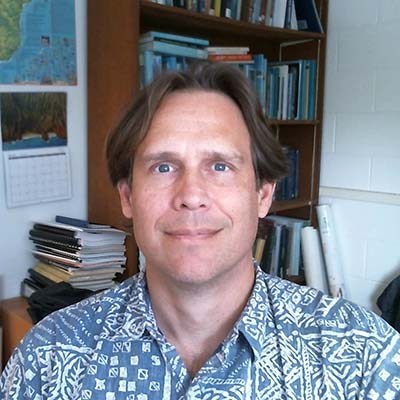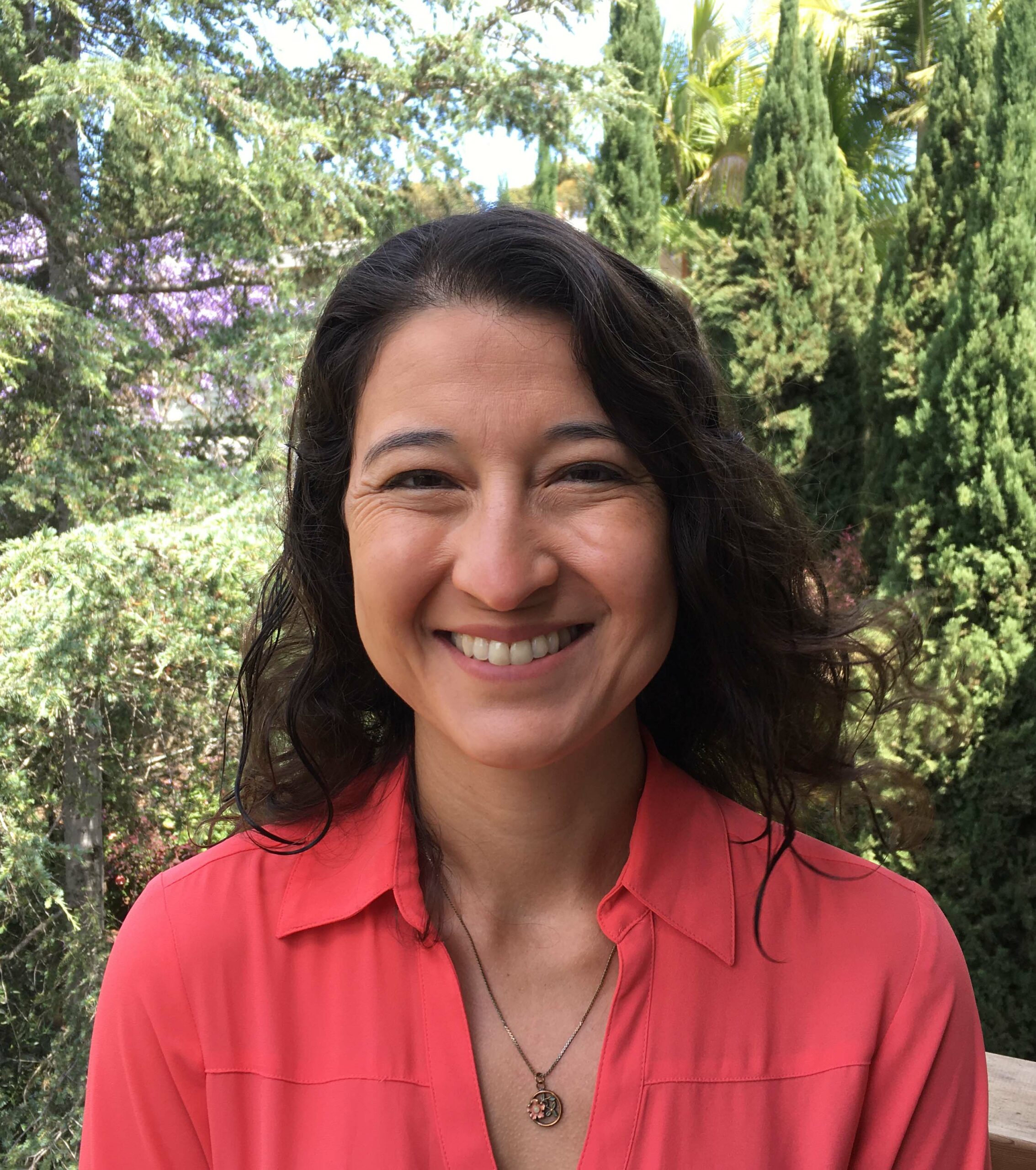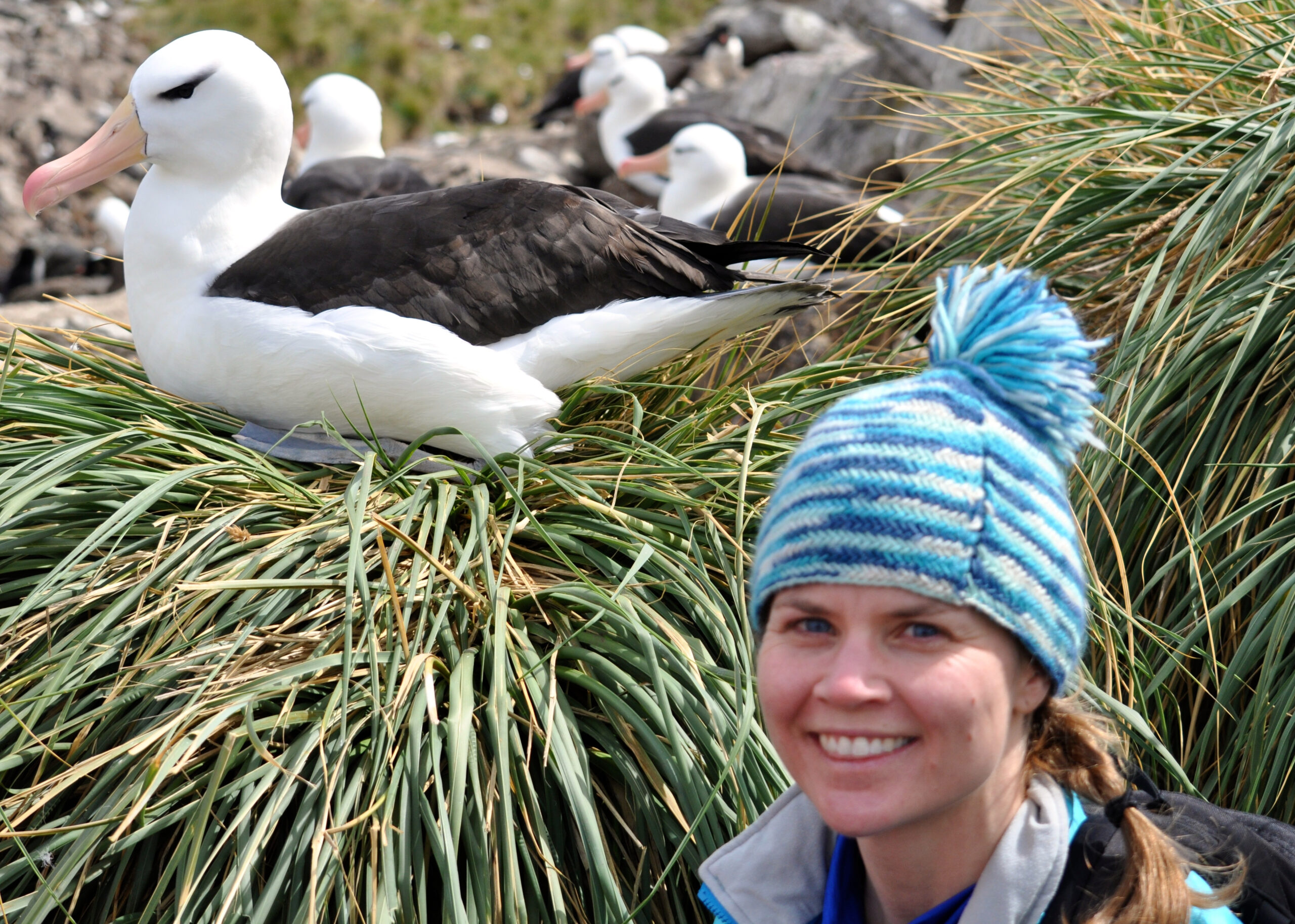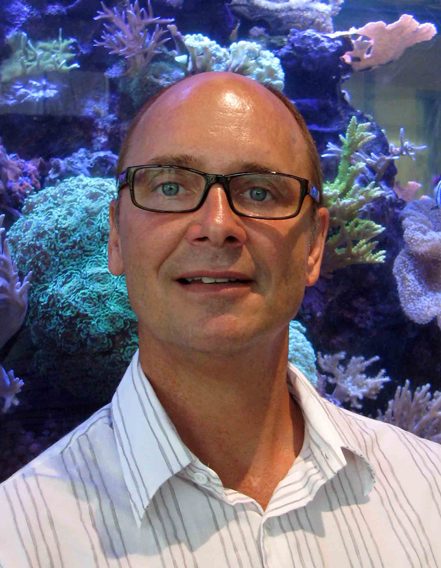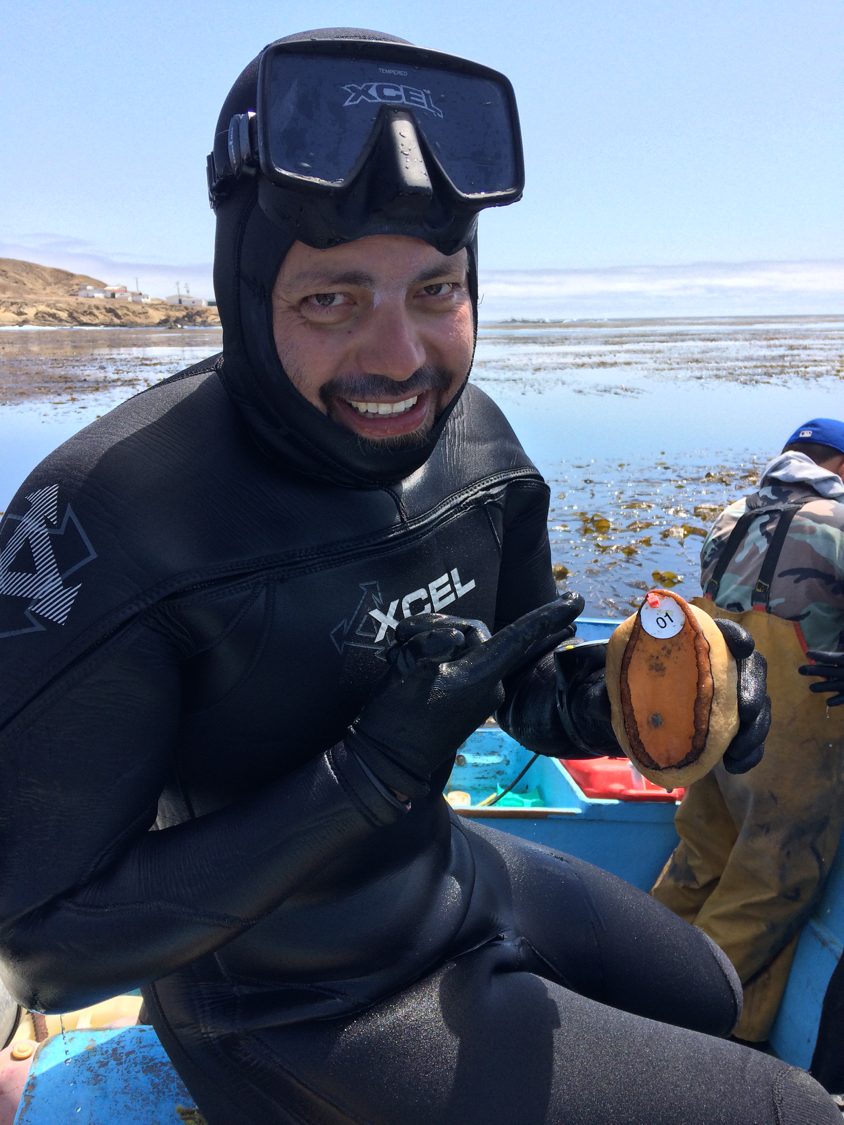Doug McCauley, University of California Santa Barbara
Hosted by the Chemical Oceanography Lab
Presenting: "Our Anthropocene Ocean: understanding and intelligently managing the expanding footprint on human activity in our oceans"
MLML Virtual Seminar | May 13th, 2021 at 4pm
About the speaker:
Douglas McCauley is an Associate Professor at the University of California Santa Barbara and the Director of the Benioff Ocean Initiative. Prof. McCauley is a Sloan Research Fellow in the Ocean Sciences and member of World Economic Forum’s Friends of Ocean Action.
Prof. McCauley has degrees in political science and biology from the University of California at Berkeley and a PhD in Biology from Stanford. He conducted postdoctoral research at Stanford, Princeton, and UC Berkeley.
Prof. McCauley’s research centers upon using advances in marine science, ocean data, and marine technology to promote ocean health. Incorporating new forms of tech into ocean science is an especially important part of the DNA of research in McCauley’s laboratory.
Research from the McCauley Lab has been published in leading research journals such as Science, Nature, and the Proceedings of the National Academy of Sciences USA and has been featured in the New York Times, BBC, Time, US National Public Radio, and at the World Economic Forum.


